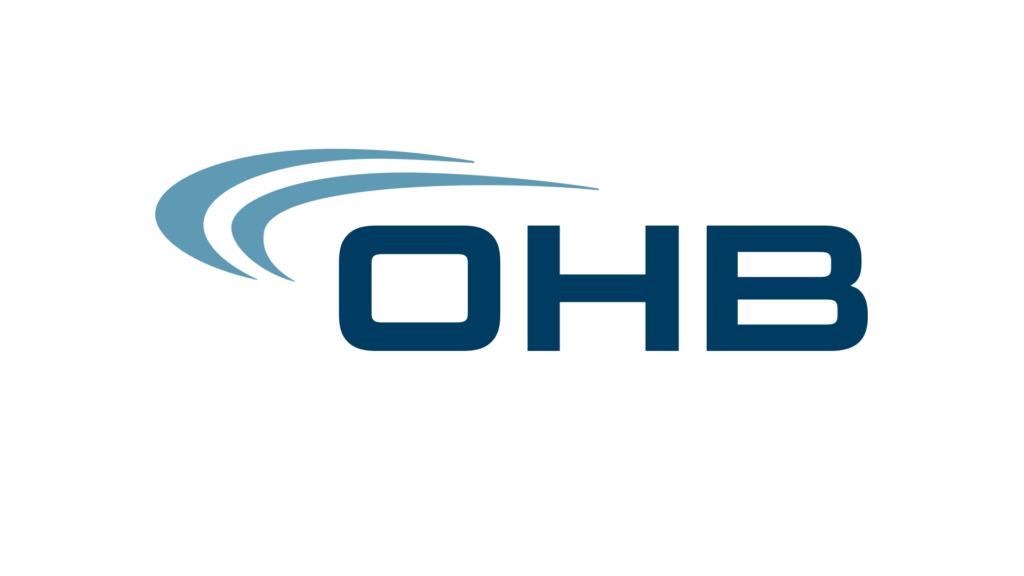Have you ever wondered why some employees thrive in their workplace while others, despite being surrounded by colleagues, feel completely alone? The answer lies in a growing phenomenon that's reshaping our modern work culture. By the end of this article, you'll understand not just why workplace loneliness has become a critical issue, but also how it might be affecting you or your colleagues in ways you never imagined.
The Growing Impact of Workplace Loneliness
In the fast-changing work environment of today, workplace loneliness has emerged as a silent epidemic affecting organizations worldwide. Recent studies from the Harvard Business Review indicate that over 40% of employees report feeling lonely at work, a number that has increased significantly since 2019.
Loneliness at work isn't just about being alone - it's about feeling disconnected even in a crowd.
Current Statistics and Trends
The landscape of social isolation at the office has transformed dramatically in recent years. A 2024 Gallup survey revealed that 61% of professionals feel disconnected from their workplace community, while 72% of Generation Z workers report experiencing loneliness at least weekly. These numbers paint a concerning picture of our modern work environment.
The Economic Cost of Workplace Isolation
The financial implications of employee isolation extend far beyond individual well-being. Organizations face substantial costs due to reduced productivity, increased turnover, and higher healthcare expenses. Studies estimate that workplace loneliness costs U.S. companies up to $406 billion annually in lost productivity and increased healthcare spending.
| Impact Area | Annual Cost Per Employee | Percentage of Affected Employees |
|---|---|---|
| Productivity Loss | $3,400 | 40% |
| Healthcare Costs | $2,100 | 35% |
| Turnover Expenses | $4,800 | 25% |
Why Workplace Loneliness Matters
Beyond numbers and statistics, workplace loneliness fundamentally affects how organizations function. Companies like Neroia recognize that addressing this issue isn't just about implementing wellness programs—it's about fostering genuine connections that drive innovation and productivity.
Identifying Signs of Workplace Loneliness
Understanding the manifestations of loneliness in professional settings is crucial for both employees and leaders. The signs often appear subtly before developing into more serious issues.
Common Manifestations in the Workplace
Physical isolation isn't the only indicator of loneliness at work. Watch for these behavioral patterns:
- Decreased participation in team discussions
- Reluctance to share ideas or contribute to projects
- Minimal engagement in casual workplace conversations
- Increased sick days and absenteeism
- Reduced productivity and motivation

Risk Factors and Vulnerable Groups
Certain workplace scenarios and employee groups face higher risks of experiencing loneliness. New employees, remote workers, and those in transitional roles often experience heightened feelings of isolation. Cultural differences and language barriers can also contribute to feelings of disconnection.
The Difference Between Being Alone and Feeling Lonely
It's crucial to understand that solitude and loneliness are distinct experiences. Many professionals work independently without feeling lonely, while others feel isolated despite constant interaction with colleagues. The key difference lies in the quality of connections rather than the quantity of interactions.
The Remote Work Factor
The shift to remote and hybrid work models has introduced new dimensions to workplace loneliness. While offering flexibility and independence, these arrangements present unique challenges for maintaining meaningful connections.
Comparing Loneliness Levels Across Work Models
Studies show varying levels of loneliness across different work arrangements:
- Remote workers report 27% higher rates of loneliness compared to office-based employees
- Hybrid workers experience fluctuating levels of connection
- Traditional office workers face different but equally significant isolation challenges
Unique Challenges of Virtual Teams
Virtual teams encounter specific obstacles in building and maintaining relationships. Digital communication tools, while efficient, can't fully replicate the nuances of face-to-face interaction. Time zone differences and reduced informal interaction opportunities further complicate relationship building.
Balancing Flexibility and Connection
Finding the sweet spot between independent work and meaningful connection requires intentional effort. Organizations must create structures that support both productivity and social connection in virtual environments.
How Workplace Loneliness Affects Performance
The impact of loneliness extends far beyond emotional well-being, significantly influencing workplace performance and organizational success.

Impact on Productivity and Engagement
Research demonstrates that lonely employees show:
- 20% lower performance ratings
- 45% decrease in work quality
- 32% reduction in team collaboration effectiveness
When employees feel connected, they're not just happier - they're 37% more likely to perform at their peak potential.
Mental Health Implications
The psychological effects of workplace loneliness can be severe. Increased stress, anxiety, and depression rates among isolated employees lead to higher healthcare costs and reduced work satisfaction. Mental health support has become crucial in addressing these challenges.
Team Dynamics and Collaboration
Loneliness affects not just individuals but entire team ecosystems. When team members feel isolated, collaboration suffers, innovation decreases, and organizational culture weakens. Building strong team connections is essential for maintaining healthy workplace dynamics.
Creating a Connected Workplace Culture
In today's digital age, workplace loneliness has emerged as a significant challenge affecting employee well-being and organizational success. Creating a culture of connection requires intentional effort from all organizational levels, from leadership to individual contributors.
Leadership's Role in Fostering Connection
Leaders play a pivotal role in shaping workplace culture and combating social isolation at the office. Effective leaders recognize that genuine connections can't be forced through mandatory team-building exercises or structured events. Instead, they focus on creating environments where relationships can develop naturally.
Strong workplace cultures are built on authentic connections, not mandatory social events.
Leaders should model the behavior they wish to see by being accessible, transparent, and genuinely interested in their team members' well-being. This includes implementing flexible policies that support work-life balance and encouraging cross-departmental collaboration. When leaders demonstrate vulnerability and openness, it creates psychological safety that enables others to do the same.
Building Meaningful Work Relationships
Developing authentic workplace connections requires more than surface-level interactions. Employees need opportunities to discover shared interests and values with colleagues beyond their immediate teams. This process works best when it happens organically rather than through forced networking events.
Consider this framework for fostering meaningful workplace relationships:
| Connection Level | Activities | Expected Outcomes |
|---|---|---|
| Initial | Casual conversations, shared breaks | Basic rapport building |
| Intermediate | Common interest groups, informal mentoring | Deeper understanding |
| Advanced | Collaborative projects, peer support networks | Lasting relationships |
The strongest workplace relationships develop through shared experiences and mutual interests.
Designing Spaces for Social Interaction
Physical and virtual workspace design significantly impacts how employees connect. Organizations should create environments that naturally encourage spontaneous interactions while respecting individual preferences for privacy and focus time.
Effective space design includes:
- Comfortable common areas that invite casual conversation
- Flexible meeting spaces for both formal and informal gatherings
- Digital platforms that facilitate connection in hybrid work environments
Practical Strategies to Combat Workplace Loneliness
Individual Coping Mechanisms
Employees can take proactive steps to reduce feelings of isolation at work. This includes reaching out to colleagues, joining interest-based groups, and maintaining regular communication with team members. Setting boundaries while staying connected helps create sustainable relationships that combat loneliness without leading to burnout.
Small, consistent efforts to connect with colleagues can have a profound impact on reducing workplace isolation.
Team-Building Initiatives
Successful team building focuses on creating authentic opportunities for connection rather than forced socialization. Teams should emphasize:
- Regular check-ins that go beyond work updates
- Collaborative projects that naturally foster interaction
- Informal knowledge sharing sessions
- Recognition of individual and team achievements
- Respect for diverse communication preferences
Organizational Support Systems
Organizations must provide structured support while allowing for organic relationship development. This includes implementing wellness programs, mentoring systems, and technology platforms that facilitate connection. Regular assessment of these initiatives ensures they effectively address employee needs and evolving workplace dynamics.
The Future of Workplace Connection
Emerging Trends in Social Connection
The workplace continues to evolve, with hybrid and remote work becoming increasingly common. Future-focused organizations are adapting their approach to fostering connection by embracing flexibility and leveraging technology to create inclusive environments for all employees, regardless of location.
The future of workplace connection lies in balancing technology-enabled convenience with authentic human interaction.
Technology's Role in Building Community
Digital tools are transforming how colleagues connect and collaborate. However, technology should enhance rather than replace genuine human interaction. The key is finding the right balance between digital convenience and meaningful personal connection.
Creating Sustainable Social Support Systems
Long-term success in reducing workplace loneliness requires building sustainable systems that evolve with organizational needs. This includes regular evaluation of connection initiatives, gathering employee feedback, and adjusting approaches based on changing workplace dynamics.
For organizations looking to address workplace loneliness through innovative solutions, platforms like Neroia offer AI-driven approaches to facilitate organic social connections among colleagues, making it easier for employees to find and connect with others who share their interests and activities.




